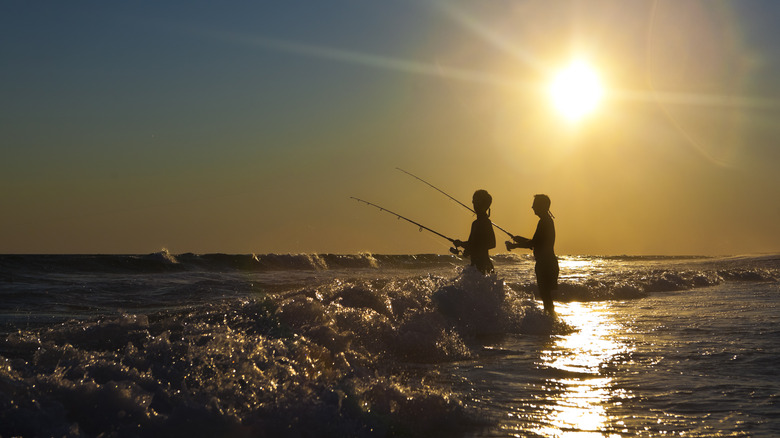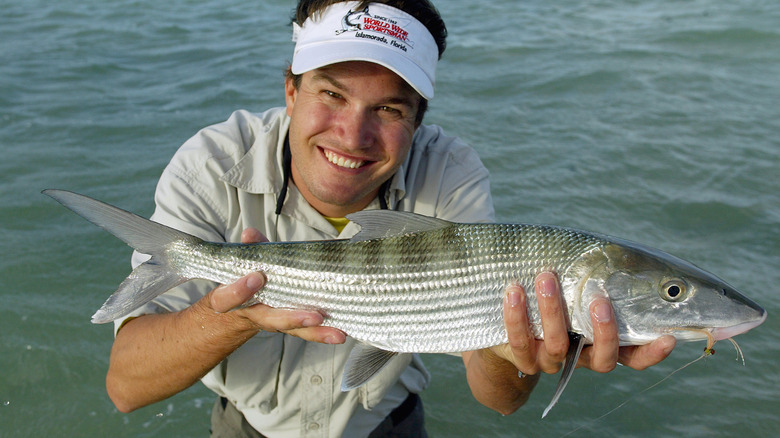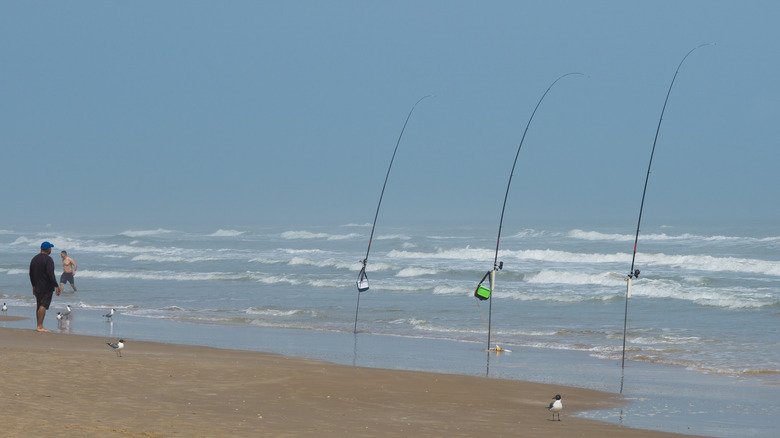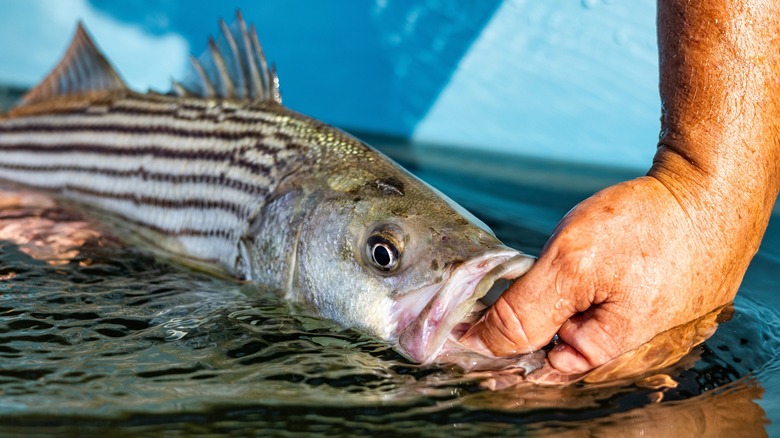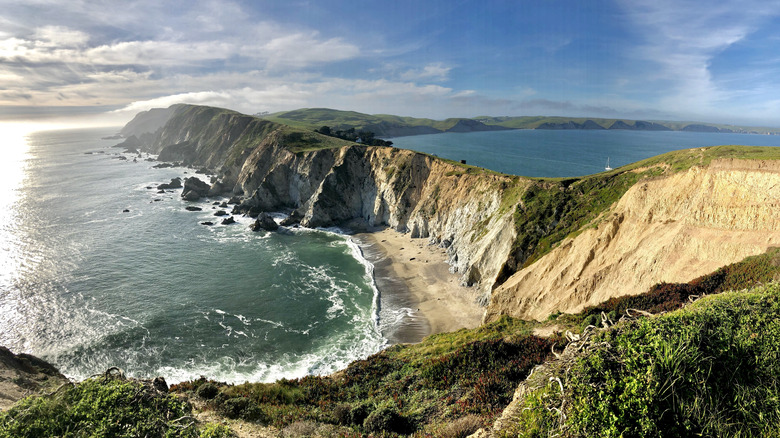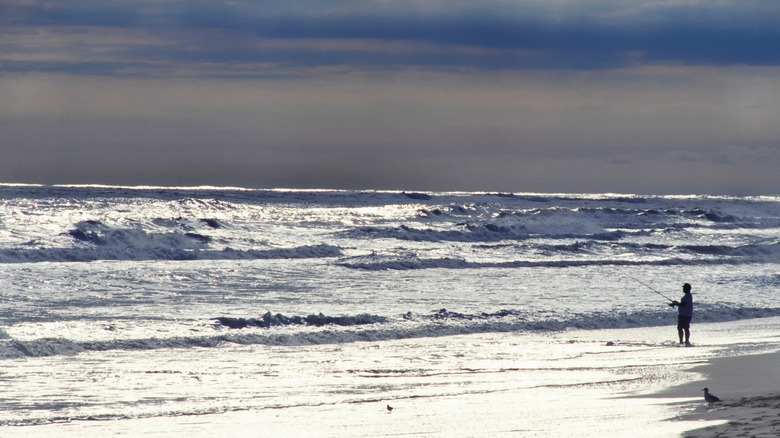Best National Parks For Saltwater Fishing
As is the case for freshwater fishermen, saltwater anglers can enjoy plenty of opportunities to wet a line in national parks. From coast (Atlantic) to coast (Pacific) to coast (Gulf) there are national parks scattered along the entirety of the United States shoreline. In addition to national parks, the National Park Service also operates a number of national seashores and national recreational areas along the coastline. The vast majority of these coastal park units offer some sort of fishing, which is actually just one of the many national park activities available to visitors.
Regardless of which section of coast you live on or visit, if you are looking for a place to fish, you may want to check out one of these national parks that offer fishing opportunities. Quite often these national park units are one of the most affordable ways to access quality coastal fishing and a few such park units offer great access to some unbelievable fishing. If you find yourself visiting these parks often enough, you may even want to consider buying a U.S. Parks Pass.
Biscayne National Park offers fishing and lobstering
Located just south of Miami, Biscayne National Park encompasses the majority of Biscayne Bay. Its location coupled with the quality and variety of angling opportunities makes Biscayne National Park an ideal destination for fishermen living in or visiting South Florida. Those who do fish Biscayne National Park will find they are able to target a wide variety of species within the shallow, clear waters of Biscayne Bay. Among the most popular are bonefish, tarpon, snook, permit, speckled trout (spotted seatrout), redfish (red drum), and mangrove snapper. These sportfish are the focus of conventional light-tackled anglers and fly fishermen alike.
In addition to rod-and-reel fishing, lobstering is a popular activity within Biscayne National Park. Trapping lobsters is not allowed –- they must be captured by hand. Additionally, no lobster may be taken from the Biscayne Bay/Card Sound Lobster Sanctuary, which is located within the confines of the national park. However, when they are in season, lobstering is a very popular activity in Biscayne National Park. When fishing or lobstering there, it is important to be aware of and follow all the rules and regulations as set forth by the Florida Fish and Wildlife Conservation Commission (FWC).
Padre Island National Seashore offers both beach and bay fishing
Stretching across the South Texas coastline from Corpus Christi South to the Port Mansfield Channel, the Padre Island National Seashore, or PINS as it's commonly known, takes in a 66-mile swath of the barrier island for which it is named. This national park unit is bracketed by the Gulf of Mexico to the east and the Laguna Madre to the west, giving anglers the option of beach or bay fishing.
The Laguna Madre is a shallow, hypersaline bay, meaning its waters are saltier than the average seawater. However, these shallow, salty waters are home to a variety of popular gamefish. Among the more popular of these are redfish (red drum), speckled trout (spotted seatrout), black drum, and flounder.
On the beachfront, the target species change seasonally. However, fish such as whiting and pompano are present year-round. Anglers often fish for speckled trout, Spanish mackerel, and redfish during summer and early fall, while shark fishing has long been a popular angling activity on PINS. Whether fishing in the bay or along the beachfront, be sure and familiarize yourself with the saltwater fishing regulations set forth by the Texas Parks & Wildlife Department.
Fire Island National Seashore is a hotspot for striped bass fishing
Although it is less than 60 miles from New York City, Fire Island National Seashore seems as if it is a world away from the hustle and bustle of the Big Apple. The close proximity, however, makes it a great place to escape to for fishermen living in or visiting the NYC metro area. Luckily for those anglers, Fire Island National Seashore, which is located on Long Island, is accessible by a variety of means -– public transportation, driving a personal vehicle, or taking a ferry.
No matter how you get there, you will likely find good fishing for species such as stripers (striped bass), bluefish, and fluke. Good fishing can be had year-round, although Fire Island is best known for its phenomenal fall striper fishing. Much of the best action occurs at night, so if you're serious about getting into a striper frenzy, you might want to be prepared for some nocturnal angling.
While at Fire Island National Seashore, anglers can fish from the beachfront or from the shore on the bayside. There are also a handful of docks and piers from which fishing is allowed within the park. Before heading out to Fire Island National Seashore, make sure you are familiar with the New York State recreational saltwater fishing regulations.
Point Reyes National Seashore offers both salt and freshwater fishing
Point Reyes National Seashore is a bit unique in that while it is best known for its saltwater surf fishing, it also offers anglers ample freshwater fishing opportunities. Even better, the seashore is located just about 30 miles north of San Francisco, making it very accessible to anglers on the Northwest Coast. Beyond being convenient, Point Reyes is rich in marine life. According to the National Park Service, more than 130 species of fish are known to swim in these waters. For saltwater fishermen, species such as sanddab, surf perch, calico bass, striped bass, halibut, and salmon are among the main attractions. For those who want to mix in some freshwater fishing, there is the opportunity to fish for popular species such as rainbow trout and largemouth bass in the lakes and streams within the park as well.
Although fishing is allowed throughout the majority of the park, there are some portions where fishing -– or certain methods of fishing -– are not allowed. For example, within the Point Reyes State Marine Conservation Area, only Dungeness crab and salmon are allowed to be taken. Be sure to consult the official park map and be familiar with these and other rules and regulations as prescribed by the system and the California Department of Fish and Wildlife before visiting Point Reyes National Seashore.
Cape Hatteras National Seashore is a fabled fishing spot
Cape Hatteras National Seashore has a long and storied angling history. Fishing opportunities still abound along this 70-mile stretch of shoreline on the North Carolina coast. The big draw to Cape Hatteras National Seashore is the surf fishing, with big redfish (red drum) getting most of the attention from resident and visiting anglers alike. Striped bass are a popular target species, particularly in the spring, fall, and winter, as are bluefish. In addition to fishing on the beach, there are also a handful of fishing piers located within Cape Hatteras National Seashore.
Even though fishing for saltwater species along the beachfront is the most popular activity, Cape Hatteras National Seashore also offers some fishing in freshwater ponds as well. But, again, the big draw for fishermen to Cape Hatteras National Seashore is the possibility of catching a giant redfish. In fact, redfish (red drum/channel bass) are not only the official saltwater fish of the state of North Carolina, the largest specimen of this species ever caught on rod and reel was taken here. Catches such as that one have added to the lore of this fabled fishery and continue to draw anglers from around the country.
If you do intend to fish the Cape Hatteras National Seashore, make sure you purchase a North Carolina coastal fishing license and are familiar with the rules and regulations per the North Carolina Wildlife Resources Commission (WRC).
